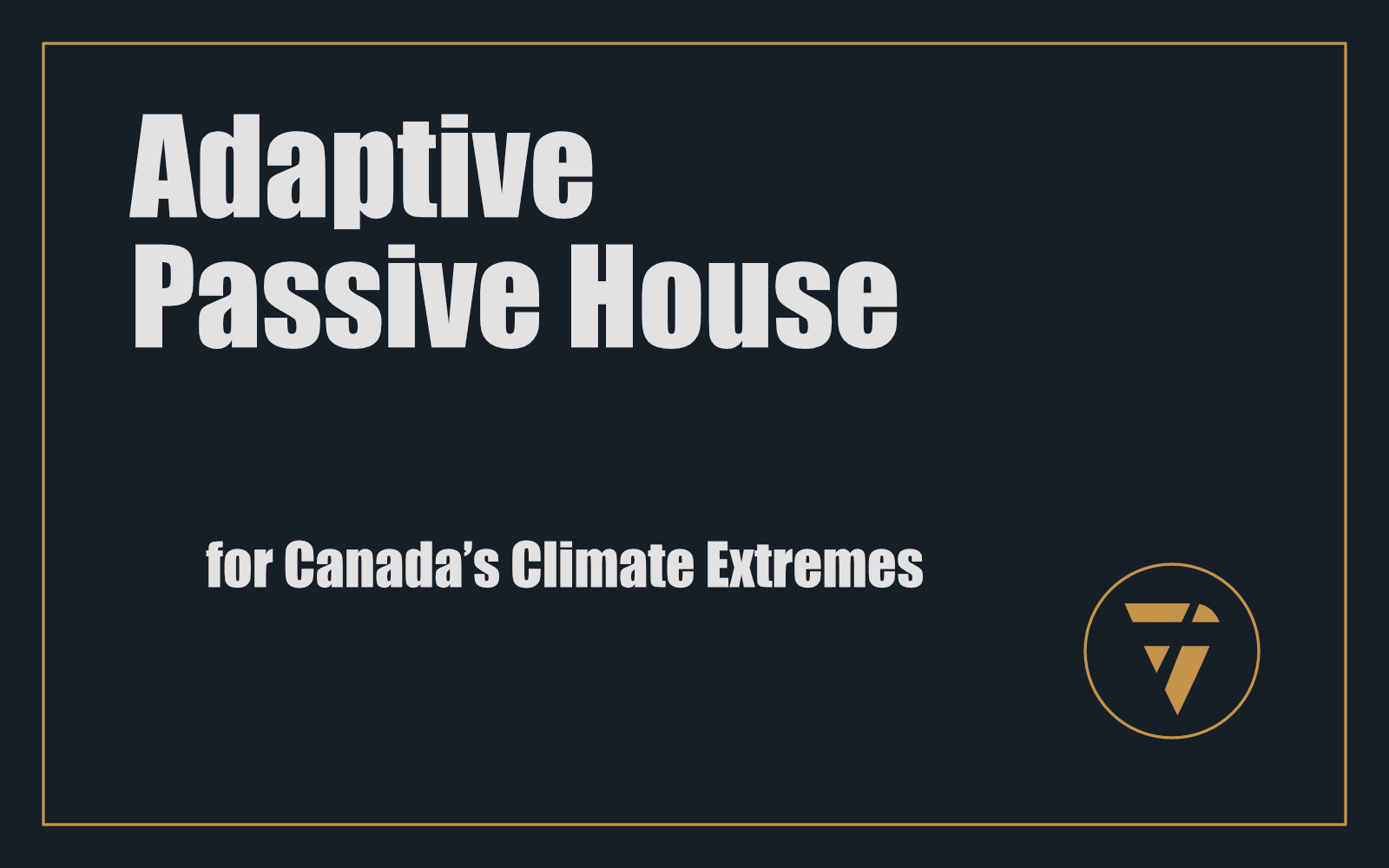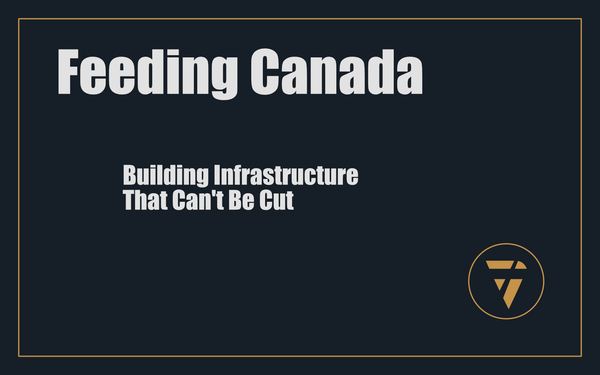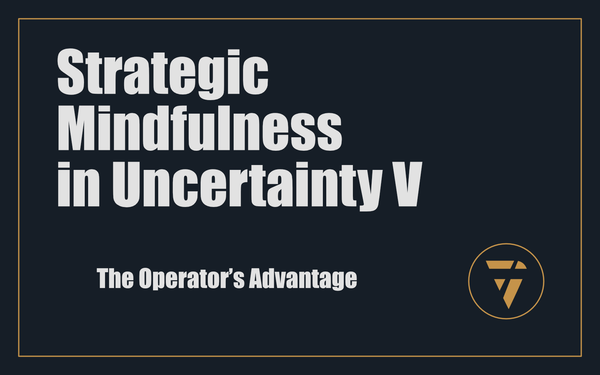Adaptive Passive House

for Canada’s Climate Extremes
Canada is not a single climate. It's a nation of extremes.
+40 °C summers with wildfire smoke choking the sky.
−40 °C winters with blizzards cutting power and isolating families.
Coastal rains that never stop. Prairie winds that never ease. Northern nights that last months.
For a building standard to hold here, it cannot be aesthetic. It must be tactical.
Passive House works not because it’s elegant in Europe—but because it has been tested against Canadian extremes, from Vancouver Island to Nunavut.
Situation: A Country of Contradictions
Canada’s climates range across every possible condition:
- West Coast: mild winters, wet seasons, wildfire smoke in summer.
- Prairies: arctic cold snaps, dry summers, punishing winds.
- North: subarctic extremes, limited daylight, high heating demand.
- East Coast: humid summers, freezing rain, salt-heavy winds.
- Urban Centres: overheating risk from dense development, noise pollution, air quality crises.
No single strategy can cover all of it—unless the strategy is performance at its core.
Problem: The Standard Must Hold in Fire and Ice
The skepticism is predictable:
- “Passive House works in Europe, but not here.”
- “It can’t handle −40 °C.”
- “It can’t handle smoke.”
- “It can’t handle humid summers.”
The truth: every climate throws a different stress test. A standard that only works in mild conditions is theory. In Canada, it must be tactical.
Solution: Regional Adaptation Without Compromise
The genius of Passive House is that its principles don’t change—but their application adapts.
1. Envelope Strategy for Cold
In the prairies and north, insulation depth increases. Airtightness becomes mission-critical. Windows are tuned for maximum solar gain. The result: a house that holds 20 °C inside when it’s −40 °C outside, without a furnace.
2. Ventilation Strategy for Heat and Smoke
In BC’s wildfire summers, the airtight envelope and HRV system act as defence. While code-minimum houses pull in smoke through leaks, Passive Houses filter air at the source. Residents breathe clean air while the outside suffocates.
3. Shading and Cooling for Humid Summers
In southern Ontario, overheating is the threat. Passive House uses shading, window orientation, night-time ventilation, and sometimes ground-source cooling to hold temperatures steady without heavy AC systems.
4. Durability for Wet and Wind
In maritime and coastal zones, rain screens, vapour management, and careful detailing keep assemblies dry. In prairie winds, structural airtightness ensures stability and safety.
5. Testing and Verification Everywhere
Every Passive House project, regardless of region, undergoes the same airtightness test, the same PHPP modelling, the same certification thresholds. That’s how the standard adapts: through design, not by relaxing metrics.
Consequence: Not Theoretical—Tactical
The lesson is clear: Passive House is not fragile theory. It is tactical architecture for Canada’s realities.
When BC skies fill with smoke, the Passive House holds clean air.
When Saskatchewan drops to −40 °C, the Passive House holds heat.
When Toronto bakes in summer, the Passive House holds cool.
When Atlantic storms cut power, the Passive House holds resilience.
This is not academic. It’s survival engineered into the walls.
Why It Matters
Canada is already living climate extremes that much of the world still calls “future risks.” We don’t need promises of technology that might help in 2050. We need buildings that work in 2025.
Passive House proves it’s possible to design one standard that adapts across every climate zone in the country. The principles hold. The strategies flex. The performance remains.
That is why Passive House is not niche. It's national.
Here’s your lever: stop treating Passive House as theoretical. In Canada, it has already proven itself tactical—across every climate, in every crisis. The only question left is whether you’ll keep building fragile, code-minimum shells—or resilient structures that hold in fire and ice.
This is what I’m working on. Tell me what you think, I enjoy the conversation! Subscribe and follow the work in real time.
Thanks!
B

Canada tests buildings with fire and ice.
+40 °C smoke. −40 °C blizzards.
Passive House holds through both.
Not theory—tactics.
Fragile shells fail. Resilient ones endure. What are you building?
PS -






